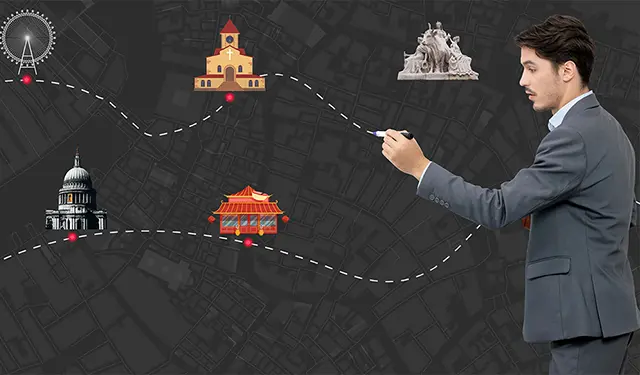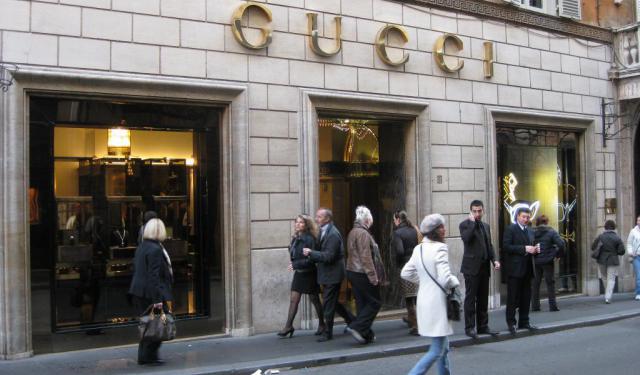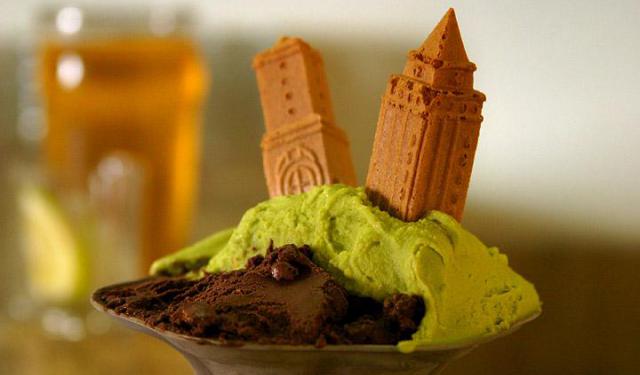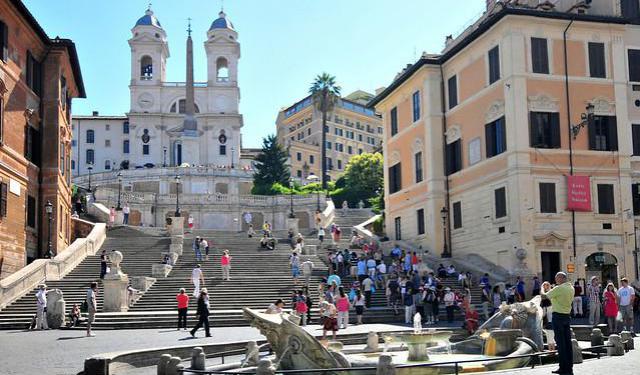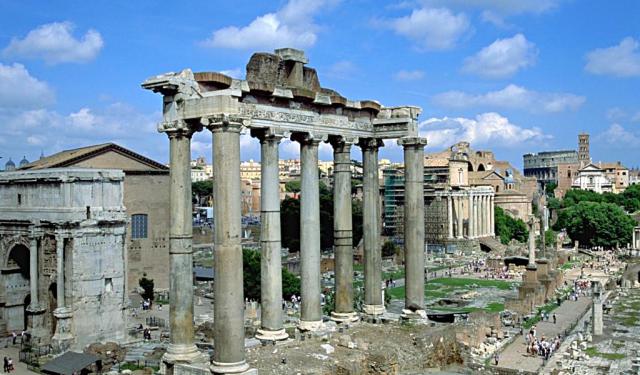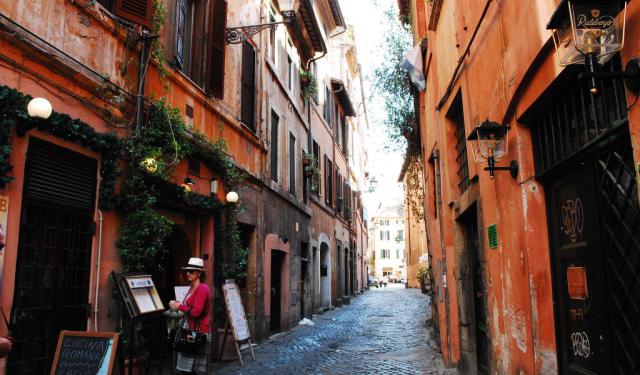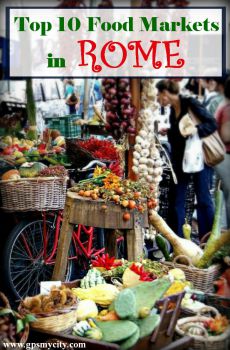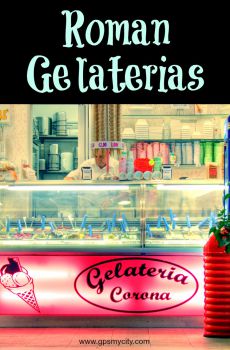
Cappella Sistina (Sistine Chapel), Rome (must see)
The Sistine Chapel is one of the most significant artistic and religious landmarks in the world. Originally known as the "Great Chapel," it was reconstructed and consecrated between 1473 and 1483, under Pope Sixtus IV; hence its name.
The chapel’s fame largely stems from its breathtaking frescoes, particularly Michelangelo’s ceiling and The Last Judgment on the altar wall. Before that, Renaissance painters such as Botticelli, Perugino, and several others had already adorned the side walls with depictions of The Life of Moses and The Life of Christ. Above these biblical scenes, portraits of popes and “deceive the eye” drapery added to the visual splendor. Raphael later designed tapestries for the lower walls in 1515, though many were looted and only partially restored in the 20th century.
Under the patronage of Pope Julius II, in 1508, Michelangelo repainted the chapel's ceiling, originally decorated with a blue background and golden stars. Despite considering himself more of a sculptor than a painter, he undertook the monumental task, conditioned he was given full artistic control. Michelangelo's work, completed in 1512, transformed Western art with vivid colors and a masterful composition that depicted The Creation of the World, The Fall of Man, and The Redemption of Humanity. More than 300 figures, arranged in three layers, included prophets, ancestors of Christ, and nine dramatic scenes from Genesis, covering over 5,000 square feet.
These frescoes are accompanied by the presence of male nudes. Additionally, the spandrels surrounding the vault feature sibyls, prophetesses from pagan mythology, who were embraced by Christian artists during the Renaissance as capable of foreseeing the arrival of Christ. One of the most iconic paintings within the chapel is The Creation of Adam, portraying God reaching out to create Adam against a backdrop of cloudy heavens. This renowned artwork is among the most reproduced religious paintings in history.
In 1535, under Pope Paul III, Michelangelo returned to paint "The Last Judgment" and completed it in 1541. This monumental fresco, portraying Christ’s Second Coming, stirred controversy due to its nude figures, leading to a censorship campaign. The artist mocked critics by incorporating their likenesses into the painting, while later interventions saw parts of the nudity covered.
The chapel’s structure, measuring 35 meters long, 14 meters wide, and 20 meters high, follows precise Renaissance proportions. Though plain on the outside, its interior is a masterpiece of composition and storytelling.
The chapel’s fame largely stems from its breathtaking frescoes, particularly Michelangelo’s ceiling and The Last Judgment on the altar wall. Before that, Renaissance painters such as Botticelli, Perugino, and several others had already adorned the side walls with depictions of The Life of Moses and The Life of Christ. Above these biblical scenes, portraits of popes and “deceive the eye” drapery added to the visual splendor. Raphael later designed tapestries for the lower walls in 1515, though many were looted and only partially restored in the 20th century.
Under the patronage of Pope Julius II, in 1508, Michelangelo repainted the chapel's ceiling, originally decorated with a blue background and golden stars. Despite considering himself more of a sculptor than a painter, he undertook the monumental task, conditioned he was given full artistic control. Michelangelo's work, completed in 1512, transformed Western art with vivid colors and a masterful composition that depicted The Creation of the World, The Fall of Man, and The Redemption of Humanity. More than 300 figures, arranged in three layers, included prophets, ancestors of Christ, and nine dramatic scenes from Genesis, covering over 5,000 square feet.
These frescoes are accompanied by the presence of male nudes. Additionally, the spandrels surrounding the vault feature sibyls, prophetesses from pagan mythology, who were embraced by Christian artists during the Renaissance as capable of foreseeing the arrival of Christ. One of the most iconic paintings within the chapel is The Creation of Adam, portraying God reaching out to create Adam against a backdrop of cloudy heavens. This renowned artwork is among the most reproduced religious paintings in history.
In 1535, under Pope Paul III, Michelangelo returned to paint "The Last Judgment" and completed it in 1541. This monumental fresco, portraying Christ’s Second Coming, stirred controversy due to its nude figures, leading to a censorship campaign. The artist mocked critics by incorporating their likenesses into the painting, while later interventions saw parts of the nudity covered.
The chapel’s structure, measuring 35 meters long, 14 meters wide, and 20 meters high, follows precise Renaissance proportions. Though plain on the outside, its interior is a masterpiece of composition and storytelling.
Want to visit this sight? Check out these Self-Guided Walking Tours in Rome. Alternatively, you can download the mobile app "GPSmyCity: Walks in 1K+ Cities" from Apple App Store or Google Play Store. The app turns your mobile device to a personal tour guide and it works offline, so no data plan is needed when traveling abroad.
Cappella Sistina (Sistine Chapel) on Map
Sight Name: Cappella Sistina (Sistine Chapel)
Sight Location: Rome, Italy (See walking tours in Rome)
Sight Type: Attraction/Landmark
Guide(s) Containing This Sight:
Sight Location: Rome, Italy (See walking tours in Rome)
Sight Type: Attraction/Landmark
Guide(s) Containing This Sight:
Walking Tours in Rome, Italy
Create Your Own Walk in Rome
Creating your own self-guided walk in Rome is easy and fun. Choose the city attractions that you want to see and a walk route map will be created just for you. You can even set your hotel as the start point of the walk.
"Roman Holiday" Movie Walking Tour
Filmed entirely in the heart of Rome, Roman Holiday is one of those timeless films that beckons you to hop on a Vespa and lose yourself in the intoxicating beauty of the Italian capital. Released in 1953, this beloved classic has captured hearts across generations, thanks to its irresistible blend of romance, adventure, and charm—anchored by two of Hollywood’s brightest stars, Audrey Hepburn... view more
Tour Duration: 4 Hour(s)
Travel Distance: 8.5 Km or 5.3 Miles
Tour Duration: 4 Hour(s)
Travel Distance: 8.5 Km or 5.3 Miles
Rome Shopping Streets Walking Tour
Loved by tourists for its busy fashionable streets and significant baroque icons, the so-called ‘Tridente’ is one of the Eternal City's most lusted-after areas, formed by Via dei Condotti, Via Borgognona, Via Frattina and the adjacent Via del Corso. It is perhaps the most high-end destination for Roman shopping, with a concentration of renowned jewelers and important Italian/international... view more
Tour Duration: 2 Hour(s)
Travel Distance: 2.9 Km or 1.8 Miles
Tour Duration: 2 Hour(s)
Travel Distance: 2.9 Km or 1.8 Miles
Food Tasting Walking Tour
Whether it’s a long lunch or a stop-off for an ice cream on an evening stroll, eating in Rome is a very social activity. Culinary traditions run deep here, and it may well be one of Italy’s most pleasurable cities in which to eat. Deli shops, prosciutterias, pizzerias, fornos (bakeries) and caffès are also very popular and offer a great alternative to a restaurant meal.
On this... view more
Tour Duration: 2 Hour(s)
Travel Distance: 2.7 Km or 1.7 Miles
On this... view more
Tour Duration: 2 Hour(s)
Travel Distance: 2.7 Km or 1.7 Miles
Spanish Steps to Trevi Fountain
An established tourist mecca, today's Rome is hardly imaginable without two of its much loved attractions – the Spanish Steps and the Trevi Fountain. Magnets for tourists as they are, these two sights are connected to a number of other, not less worthy of attention locations, such as the Fountain of the Longboat or Piazza Colonna and its centerpiece, the Column of Marcus Aurelius, to... view more
Tour Duration: 1 Hour(s)
Travel Distance: 2.0 Km or 1.2 Miles
Tour Duration: 1 Hour(s)
Travel Distance: 2.0 Km or 1.2 Miles
Roman Forum and Imperial Forums Walking Tour
t's a known fact that Rome wasn't built in a day. But since it was built, the city has stood the test of time and become "eternal." A popular proverb says, "all roads lead to Rome," but very few realize that, inside Rome itself, all roads lead to the Forum.
Indeed, the central hub of ancient Rome, the Roman Forum and the Imperial Forums once served as the... view more
Tour Duration: 3 Hour(s)
Travel Distance: 2.6 Km or 1.6 Miles
Indeed, the central hub of ancient Rome, the Roman Forum and the Imperial Forums once served as the... view more
Tour Duration: 3 Hour(s)
Travel Distance: 2.6 Km or 1.6 Miles
Trastevere Walking Tour
Heading down from the Vatican along the River Tiber, one is bound to find yet another city hidden within the city – Trastevere. This name translates literally to "across the Tiber". Indeed, crossing the picturesque Ponte Sisto (Sisto Bridge) to the west bank, you will find yourself in a charming neighborhood with a distinct character that sets it apart from any other part of Rome.
... view more
Tour Duration: 2 Hour(s)
Travel Distance: 2.9 Km or 1.8 Miles
... view more
Tour Duration: 2 Hour(s)
Travel Distance: 2.9 Km or 1.8 Miles
Useful Travel Guides for Planning Your Trip
10 Best Food Markets in Rome Italy
Of all the things Italy is most famous for (cars, music, fashion, movies, etc.), food is, undoubtedly, top of the list. Rome may well not be the whole Italy, but no Italy is whole without Rome... And the Romans, much as all their fellow-Italians, like it "fresco", hence the abundance of...
Souvenirs Shopping: 15 Authentic Italian Things To Buy in Rome
Rome is the Eternal City and, as such, the list of gift options available here is countless. Whether it's something edible, drinkable, wearable or pleasing to the eye that you want - you will find it all here in abundance. However, if time or budget is the factor, perhaps you might want to...
17 Best Gelaterias in Rome Italy
For ice cream lovers and dabblers this guide is a treasure chest of Rome’s best gelato shops. There are gelaterias everywhere. Many visitors to Rome only have a few days to explore the city. You owe it to yourself to make the most of your time and find the gelato locals eat. Often the authentic...
